by Randy Scholfield With grim news of changing climate—scientists say the impacts are visible everywhere now—and an administration with its head resolutely in the sand, things can look pretty discouraging for people who care about rivers.
It’s easy to get discouraged and wonder, What can one person do? As it turns out, one committed person—and especially one person working with other committed people—can do a whole lot.
That’s the strength of Trout Unlimited.

Former Colorado Trout Unlimited President Rick Matsumoto told a story at this year’s Colorado TU Rendezvous that is hopeful and bears repeating. He had just received the Silver Trout Award, given each year to an individual whose conservation work for Colorado Rivers has made a significant and lasting impact.
Instead of focusing on his long record of achievements, Rick told this story about his first day volunteering with Trout Unlimited:
“That volunteer day, at Buffalo Peaks Ranch in 2008, was my very first volunteer experience with Colorado TU. Sinjin Eberle had enlisted my help to cook lunch. Honestly, I wasn’t a TU member or even a river conservationist at the time. I was simply helping a friend out.
“The last person I flipped a burger for happened to be the late Charlie Meyers, legendary outdoors columnist of the Denver Post. I shut down the grill and joined him for lunch. I tried to thank him for the media coverage of the event, but he cut me off and thanked me for helping to restore the river.
“We talked about a lot of things and I don’t recall the details anymore, but I do remember how it ended. He grabbed my arm to make sure he had my attention, looked me in the eye and said, ‘You know, the rivers need people like you.’
“He didn’t sound like Morgan Freeman, but I felt like Morgan Freeman had just given me my marching orders. Later that day, I told Sinjin I wanted to get more involved in Colorado TU and the rest is history.
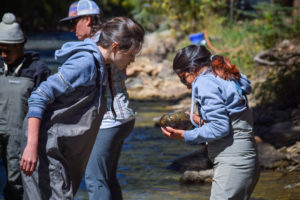
“So I was a volunteer, but I didn’t really become an engaged volunteer until Charlie gave me the push I needed. We all know someone like this, someone who just needs a push to get involved. I want to encourage all of you to push that person – you might be creating a future Silver Trout Award winner.”
How can one engaged volunteer make a difference? I think of another person who inspires me: Kirk Klancke of CTU’s Colorado Headwaters chapter, who has worked for years to help heal the Fraser River, degraded by years of water diversions to the Front Range.
Through dogged persistence and passion for his home waters, Kirk has made a huge impact on the future health of the Fraser and Upper Colorado rivers.
This recent video shows how Kirk’s dedication has inspired scores of others (more than 150 people signed up for this spring’s willow planting) and promises a healthier and brighter future for the Fraser:
[embed]http://www.youtube.com/watch?v=z1_BYlskWyA[/embed]
As Charlie Meyers wisely said, the rivers need people like Rick and Kirk, and you and me.
Sticking bare willow stakes in the ground might not look like much, but over time, those collective actions will take root and change the future.
Randy Scholfield is TU’s director of communications for the Southwest.


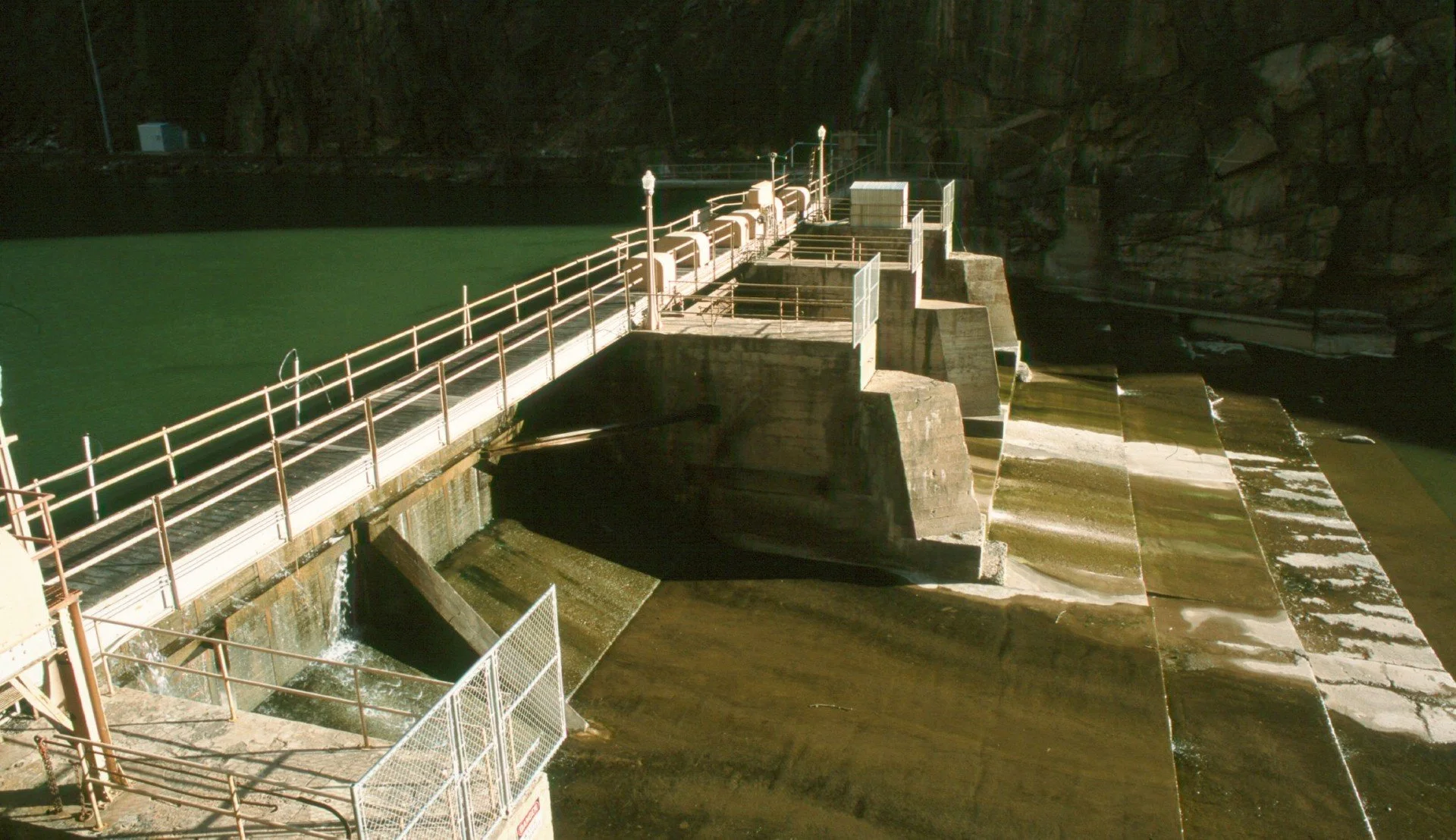
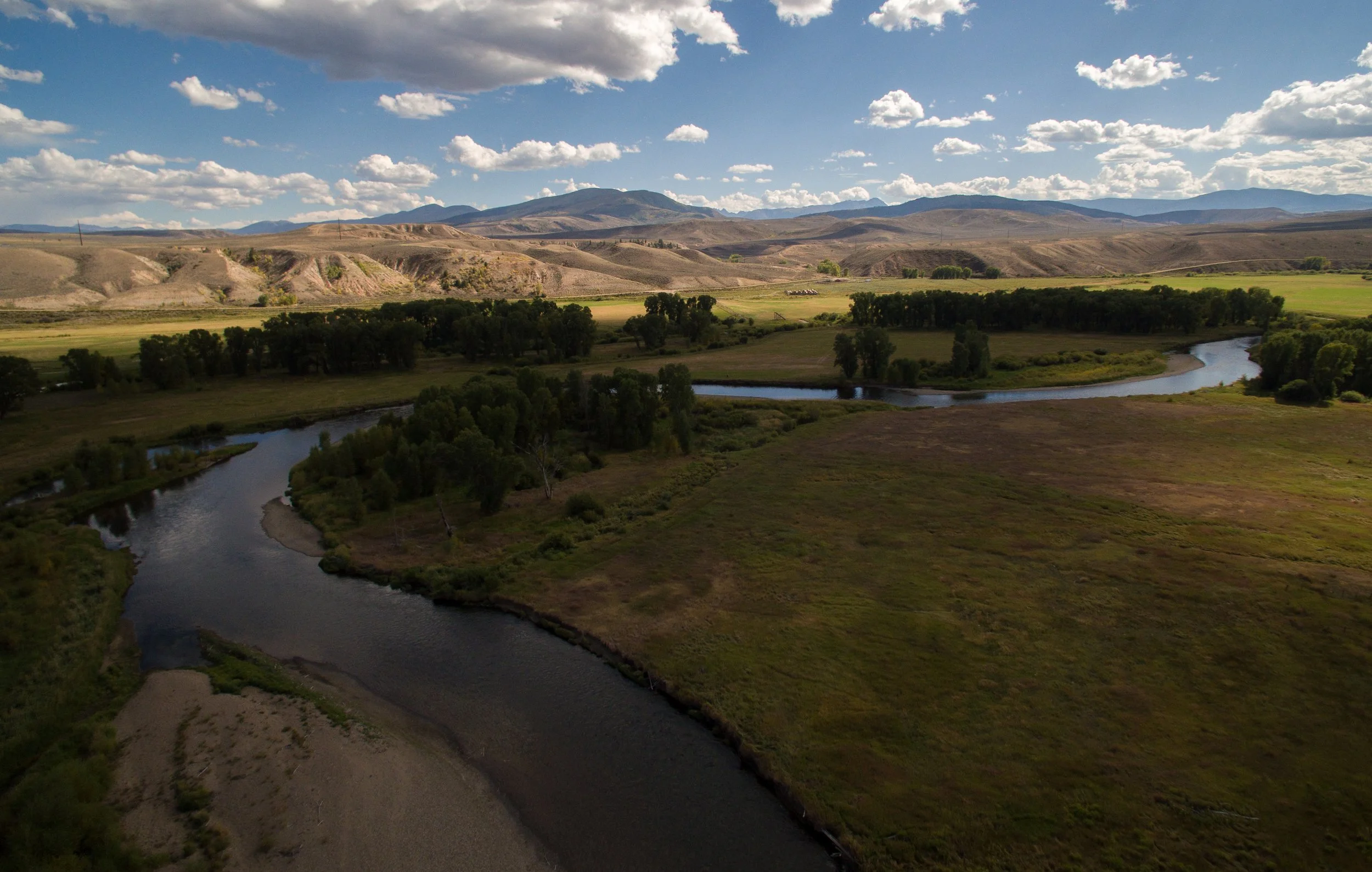
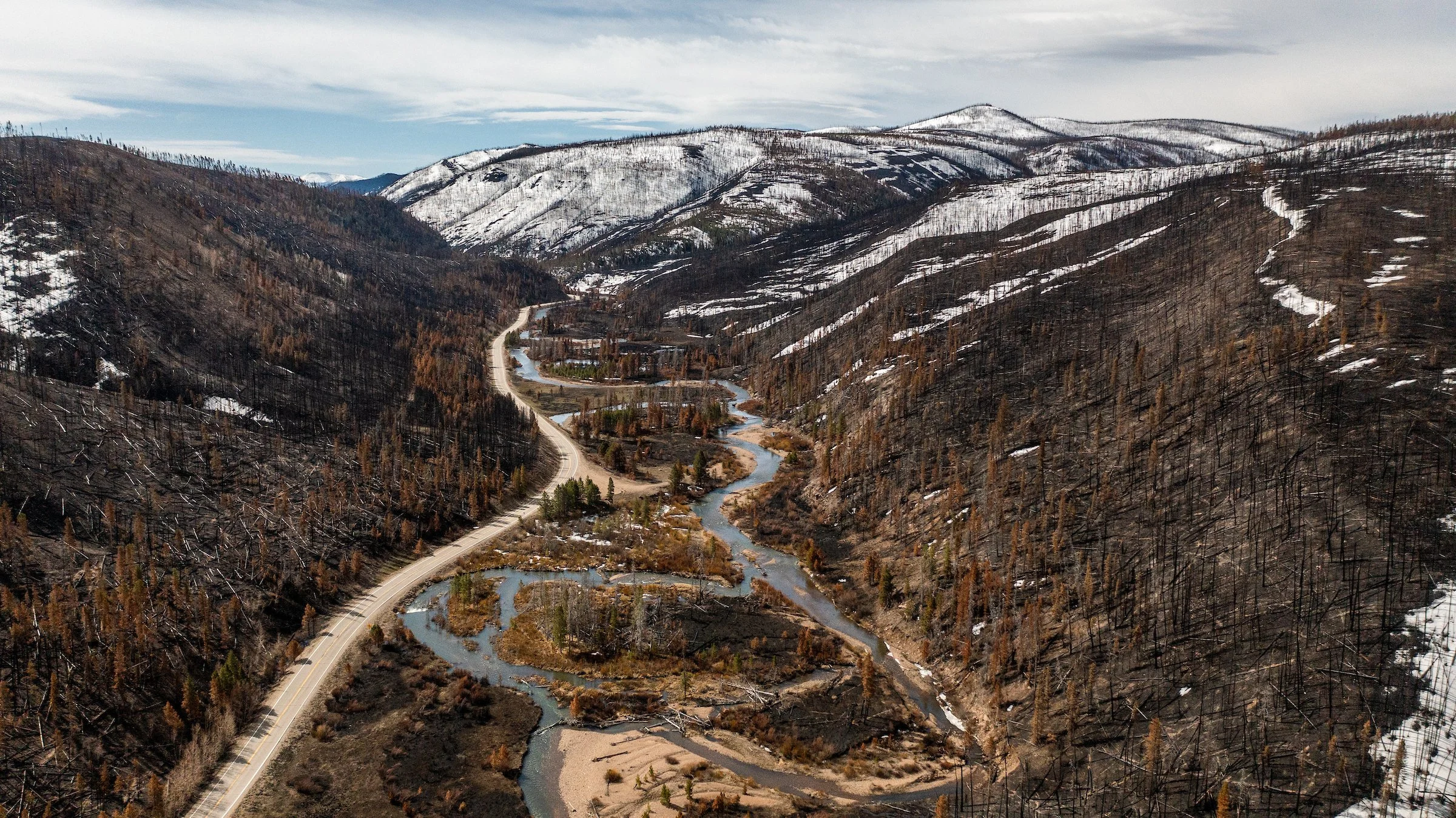

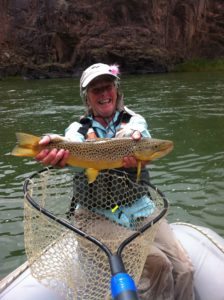
 What made you want to become involved with TU?
I grew up loving to volunteer and help others; during my involvement with the Boy Scouts of America from Cub Scout to Eagle Scout and beyond, I get a great sense of satisfaction from philanthropic endeavors. Oh- and I love to fish, so I should do my part to keep our waters clean, cold and fishable for generations to come. There is nothing better than a day on the river, (besides a day on the river catching fish) so I love being part of an organization where our work benefits my favorite pastime!.
What made you want to become involved with TU?
I grew up loving to volunteer and help others; during my involvement with the Boy Scouts of America from Cub Scout to Eagle Scout and beyond, I get a great sense of satisfaction from philanthropic endeavors. Oh- and I love to fish, so I should do my part to keep our waters clean, cold and fishable for generations to come. There is nothing better than a day on the river, (besides a day on the river catching fish) so I love being part of an organization where our work benefits my favorite pastime!. What else do you do in your spare time or for work?
I am a water resource engineer and I specialize in stream restoration and watershed management. If I am not fishing I am skiing. My entire life from professionally to personally revolves around water. My wife and I love backpacking, hiking to cool spots and exploring our amazing state with our dogs.
What else do you do in your spare time or for work?
I am a water resource engineer and I specialize in stream restoration and watershed management. If I am not fishing I am skiing. My entire life from professionally to personally revolves around water. My wife and I love backpacking, hiking to cool spots and exploring our amazing state with our dogs.



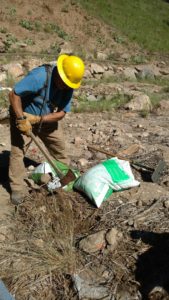
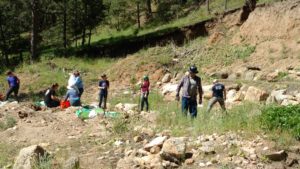

 CPW set up at the Zimmerman Lake inlet to capture spawning Greenbacks.
CPW set up at the Zimmerman Lake inlet to capture spawning Greenbacks. Fish were collected with a large net and put into a pen to be sorted and categorized by CPW staff and volunteers.
Fish were collected with a large net and put into a pen to be sorted and categorized by CPW staff and volunteers.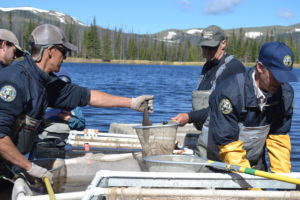 Fish were sorted based on their gender and stocking year.
Fish were sorted based on their gender and stocking year.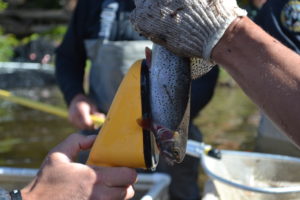 RFID chips in the fish help to identify the stocking year and other critical data.
RFID chips in the fish help to identify the stocking year and other critical data.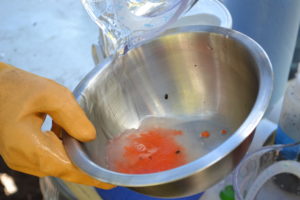 After the fish were sorted, CPW milked the males and females - making targeted genetic crosses among the various lineages to expand the genetic diversity. The eggs and sperm were combined in bowls, packed into small coolers, put on ice, and shipped to the local fish hatchery in Leadville, CO for breeding.
After the fish were sorted, CPW milked the males and females - making targeted genetic crosses among the various lineages to expand the genetic diversity. The eggs and sperm were combined in bowls, packed into small coolers, put on ice, and shipped to the local fish hatchery in Leadville, CO for breeding.
